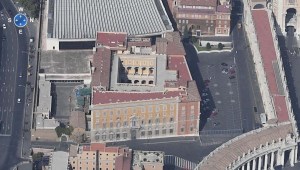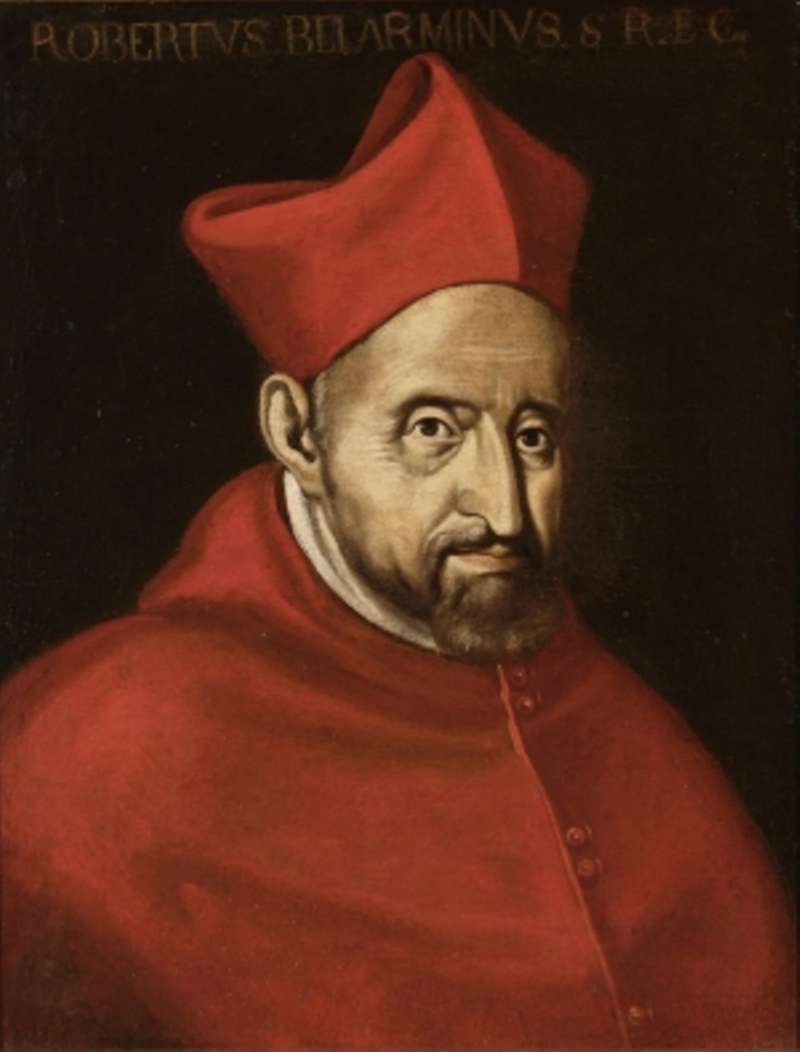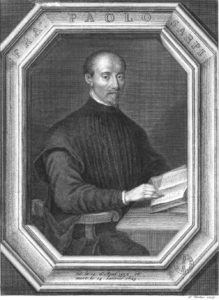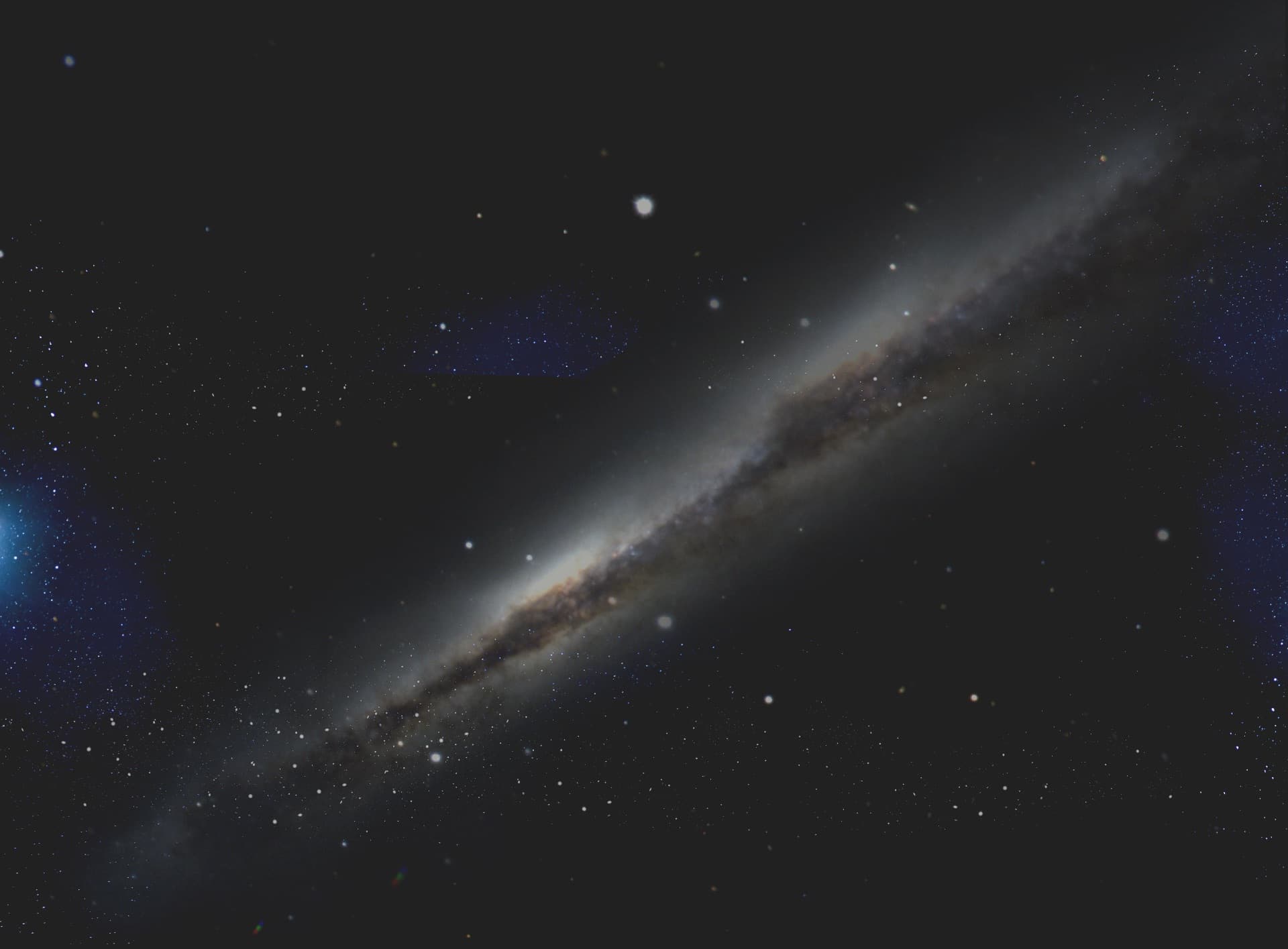
- Articles (blog post series)
- 500-1500 words each
- Level: high school and above
This is a series of blog posts for The Catholic Astronomer blog, by Fr. Paul Gabor, S. J., an astronomer with the Vatican Observatory. Fr. Gabor wrote this series in the spring of 2016. He notes that “four hundred years is one of the periods in the Gregorian Calendar after which the days of the months are guaranteed to fall on the same days of the week. And so it is that this year we can re-live the events of 1616 with special acuity.”
February 23 (click here): Fr. Gabor describes the events of February 23, 1616, when the working session of the experts of the Holy Office reached unanimous agreement regarding two propositions encapsulating heliocentrism. The Palace of the Holy Office is shown in the photo.
February 24 (click here): Fr. Gabor explains why the heliocentric system of Copernicus seemed absurd to people educated in the scholastic tradition.
February 25 (click here): Fr. Gabor outlines the history of the first Galileo “trial”, in 1616, when heliocentrism was condemned by the Church.

February 26 (click here): Fr. Gabor continues to outline the history of the first Galileo “trial”, and discusses a meeting of Cardinal Robert Bellarmine (pictured at right) and Galileo.
February 27 (click here): Fr. Gabor discusses the biblical exegesis that would have been operating at the time of Galileo and Bellarmine.
February 28 (click here): Fr. Gabor continues discussion of the biblical exegesis that would have been operating at the time of Galileo and Bellarmine, and concludes his discussion of the events of this week in February 1616.
March 3 (click here): Fr. Gabor describes the events of March 3, 1616, when the censure of Copernicus was approved and Bellarmine reported on his meeting with Galileo.
March 5 (click here): Fr. Gabor provides the decree (in Latin and English) containing the censure of Copernicus’s De Revolutionibus. This was Rome’s one and only public act against heliocentrism in 1616.
March 11 (click here): Fr. Gabor describes the events of March 11, 1616, with Galileo’s report on his meeting with Pope Paul V, following the declaration that the heliocentric system was absurd and full of error.

May 7 (click here): Fr. Gabor describes the events of May 7, 1616, when Father Paolo Sarpi, a noted lawyer and scholar in the service of the Most Serene Republic of Venice (and a friend and supporter of Galileo), submitted his legal opinion of the Decree to the Doge. It is an interesting look into how the supporters of the heliocentric theory reacted to the anti-Copernican decree.
May 26 (click here): Fr. Gabor describes the events of May 26, 1616, when Galileo asked for, and received, a certificate from Cardinal Bellarmine indicating his good standing in the Church. The post reflects on the nature of Galileo’s problems in 1616 and the theological background behind them.
May 15, four years later (click here): Fr. Gabor describes the events of May 15, 1620. On that day the Congregation of the Index issued the “corrections” to be made to Copernicus’s book on heliocentrism. In March of 1616 the Congregation had ordered the book formally “suspended” until corrections could be made. This blog entry includes a copy of the 1620 corrections, which are surprisingly mild.
